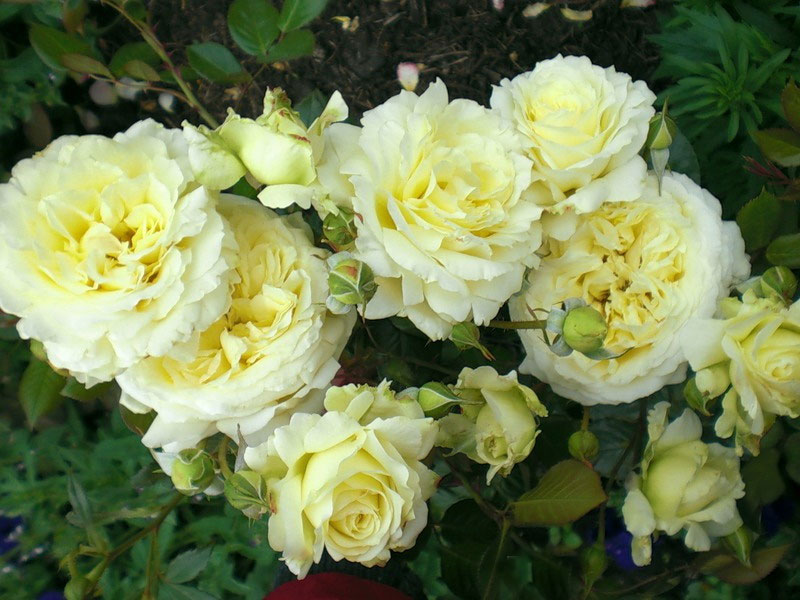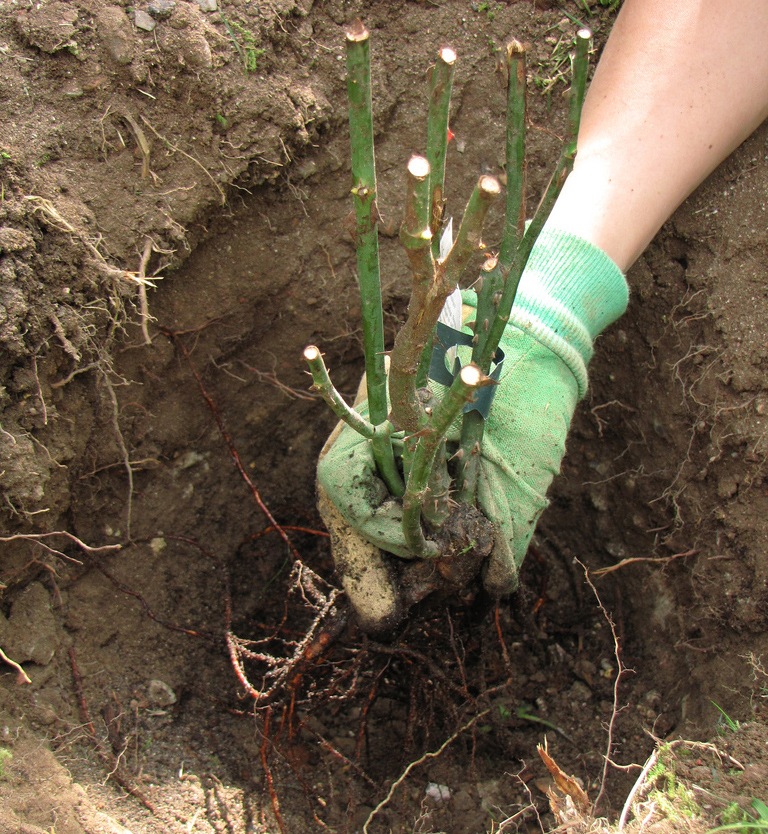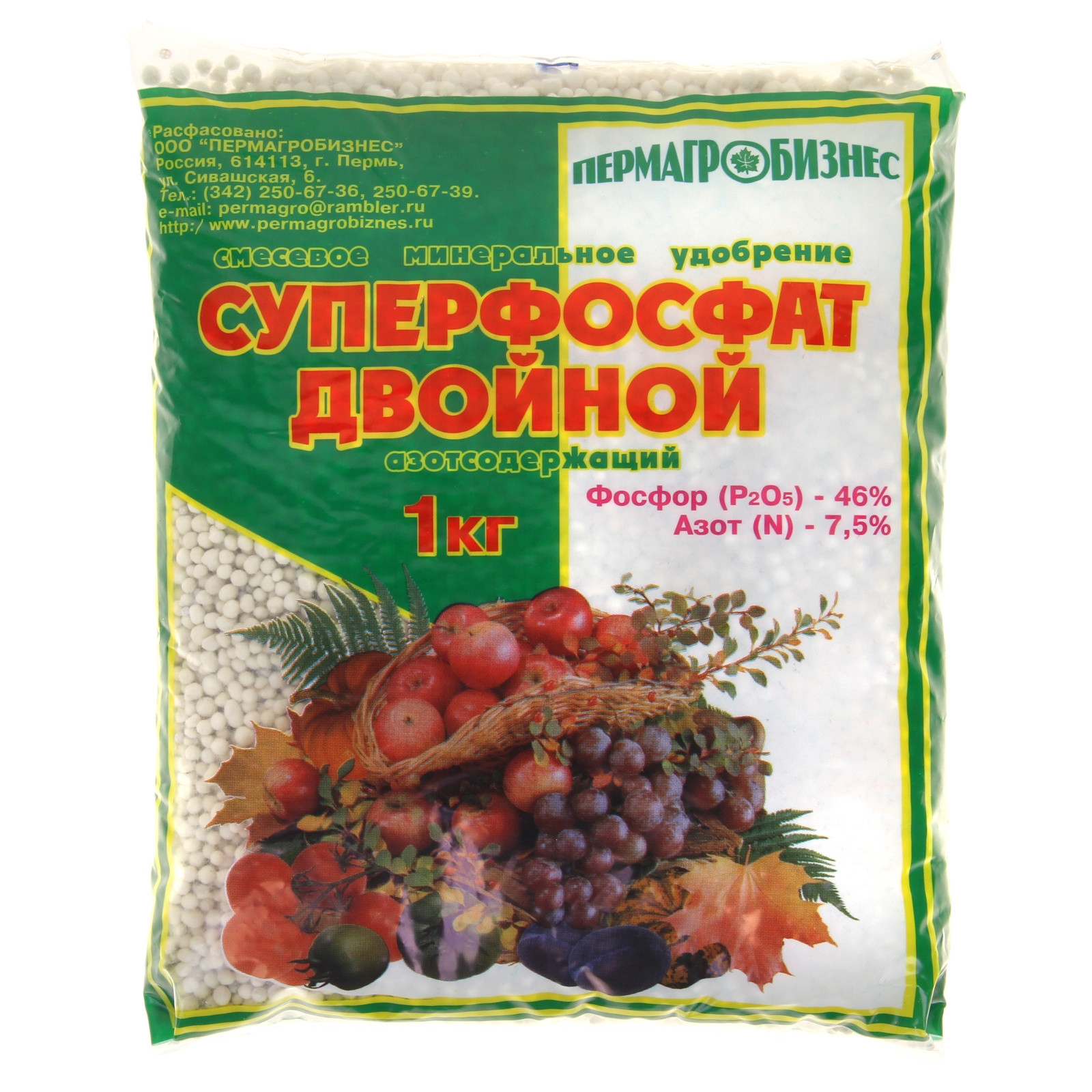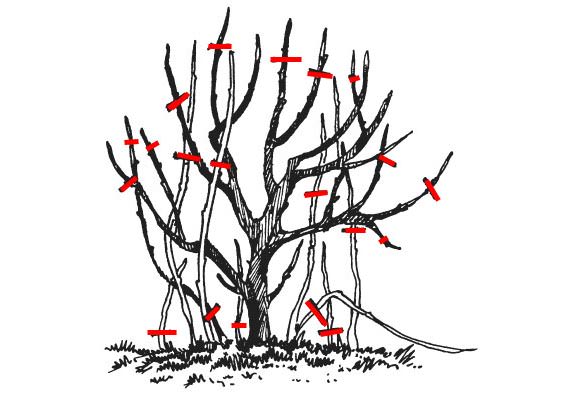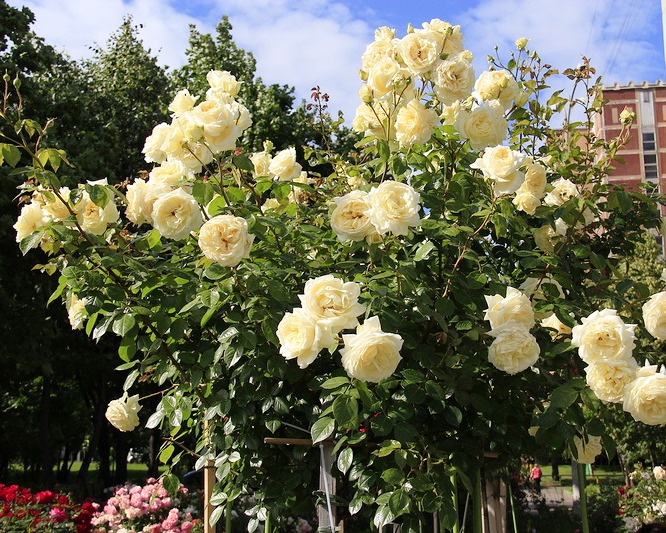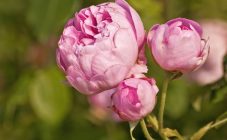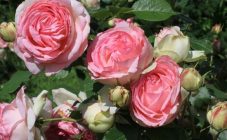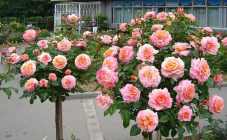Content:
A climbing rose can conquer an amateur gardener with a rather long, sometimes continuous flowering. It does not grow too high, it rarely gets sick, and the aroma of this rose is beyond words.
Climbing roses are divided into two categories - rambler and climber. Their main difference is the shape of an adult bush: the ramblers have rather long and pliable stems, they often need support, and the climbers have straight, powerful and rough stems.
The breeders did a good job on both categories of these roses, which made them very similar to each other. The growth of ramblers was adjusted so that now the bush can be grown even in a small garden. When work was carried out to improve the climber, first of all, scientists devoted time to the scent of flowers and resistance to various diseases.
Climbing Rose Elf, description
Rose Elf is an outlandish novelty among climbing roses. Her flowers are very large, white-green. With such a rose, the garden can be significantly transformed. The bush grows quite abundantly, the stems are erect, the leaves are large and healthy. Climbing rose Elf was bred by the organization from Germany Rosen Tantau in the series "Nostalgic roses" in 2000. The rose is rightfully attributed to the modern garden.
The name Elf is very suitable for this flower, its appearance. Climbing roses of this variety are created to please the eye for as long as possible. Therefore, it is better to plant where you can often see them from the window, admire the beautiful flowering. All roses like it when sunlight hits them, but if it stays under the sun for a very long time, it will quickly fade. If you grow a rose in those regions of Russia where there is a lot of scorching sun, you can harm the plant, the rose will simply get burns on the petals. The optimal conditions will be the shadow falling on the rose after lunch.
Winter hardiness
Elfe rose is a variety that tolerates temperature extremes very well, it can even be called winter-hardy. But in the cold season, it is better to cover the rose in order to save it from drafts. You should not rush to cover the rose for the winter, the plant tolerates up to -7 degrees Celsius quite well, this temperature helps the bush to adapt to frost and the arrival of winter.
Reproduction
Propagated by cuttings, only with vegetative propagation does it retain its qualities of a noble variety. Cuttings are used from young but viable plants after the bush first blooms.
Landing
The condition and health of the plant very much depends on the planting territory. For example, the presence of high-quality oxygen movement can serve as a prevention against the appearance of harmful insects. Also, the resistance of the plant to diseases depends on the quality of the soil. It is undesirable to place roses in low-lying areas, because a lot of cool air is trapped there and the plant will easily get sick.
Roses feel most comfortable in fertile soil, where air can easily enter. The soil should be light and deep - both moisture and air should reach the roots without obstacles. If a lot of clay is found in the ground before planting, it must be improved by mixing it with humus, peat, compost and sand.
In the case of an excess of sand, the soil will easily let water through.Then it will become unsuitable for growing roses, and when hot weather sets in, such soil can become excessively hot. To improve the condition of the land, you need to add a little humus and compost from peat, manure and turf.

For sowing seeds, they usually mix a little peat, sand and turf, taking everything in equal proportion
The most optimal soil will be a soil with slightly acidic characteristics. To acidify the soil to the required levels, it is advisable to add peat or manure, but if the acidity level has become too high, it is worth using ash or lime. The roots grow deep enough, so if the groundwater flows too high, the rose can often sore black spots. The best groundwater depth for growing roses should be at least 100 cm.
In central Russia and areas slightly to the north, it is recommended to plant bushes in the spring months. It is rarely allowed to plant these varieties in the fall, this must be done as soon as possible so that the bush can have time to put down roots. The rose is placed in the soil at an incline of 30 degrees.
Initially, you should dig a hole about 60 cm deep. Drainage should be laid at the bottom of the hole; small stones or crushed stone are perfect for this, the layer height should be about 10 centimeters. Next, fertilizers are laid out, for example, stale manure or compost, the layer should also be at least 10 cm.Then soil is poured, also about 10 cm.Before the seedlings are planted, they are kept for 24 hours in a solution of Heteroauxin. This solution is able to stimulate the roots of the bush to grow. The plant will more easily accept the new environment, and the roots will be able to take root firmly.
When the Elfe rose has an open root system, it will be easier to plant it with an assistant: the first person fixes the seedling in such a way that the grafting site (root collar) of the plant is 3 cm underground, while the second person at this moment straightens the roots, buries them and carefully compacts the ground around the plant. The root collar should be underground after planting. This method of planting will help more stems to grow above the graft site. After the bush has been planted, it should be watered abundantly. In the case of a slight subsidence of the soil, it must still be poured.
Climbing rose care
Proper care of climbing roses consists in regular loosening of the soil, destruction of weeds, preventive work against diseases, top dressing and timely pruning. Plant feeding should be carried out in accordance with the season: in the spring they feed them with nitrogen, in the summer with potassium and phosphorus.
Rose is a plant that can easily survive heat and dry times, but watering is still necessary. Water the bush with warm water, if the weather is warm and dry, then the procedure is carried out twice a week. Towards the end of summer, the amount of water should be reduced and stopped altogether when September comes. First years do not need to allow the bush to bloom. Before the onset of August, all the buds must be cut from the bush. In August, you can save only 1-2 buds on each shoot, you should not cut them off, then fruits are formed in the fall. The shoots will become more vigorous, tolerate wintering well and produce abundant flowers the next year.
Pruning
The optimal period for pruning is spring: when the buds are just beginning to swell, it's time to pick up the pruner. It is necessary to note which shoots have begun to bear fruit - last year or this year. In addition, you need to determine why pruning is carried out: to change the shape of the bush, or to achieve early and strong flowering.
Depending on the target, cropping can hit hard, medium, or weak.Strong pruning (only 2-3 buds remain) is carried out in the spring after the seedlings are planted, and so that last year's bushes are rejuvenated. Average pruning leaves 6-7 buds, it promotes early flowering, which gives the bush an attractive appearance. Weak pruning is carried out in the summer to remove faded inflorescences.
Pruning is usually done during the entire breeding season. In the spring, it is imperative to remove the whips that have been damaged by frost, and the tops of the shoots must be trimmed. Pruning in the fall becomes good sanitation: diseased and damaged shoots are removed, which gives the bush life. Pruning during summer is a good way to regulate flowering.
Shelter
Shelter is only necessary with the onset of persistent frosts. Before this, the roses must be cut and the base must be spud. It is not recommended to huddle with peat, sand and sawdust. They absorb moisture too much, and with sudden changes in temperature, shoots can deteriorate and infection can spread. Better to choose compost, humus, or garden soil. Next, the roses need to be removed from the support and bend harder to the ground. If the shoots are quite thick, the bending should not be done abruptly, otherwise the bush may break. You need to bend it down for several weeks.
The rose is usually covered with spruce branches. A frame should be placed over the shoots, which should be wrapped in dense material. In March or April, you need to air the bushes a little, slightly opening the sides of the fence. You need to remove the top film as soon as possible, otherwise the temperature will be too high and the buds will begin to grow ahead of time. And since the roots are not yet working as needed, the bush may simply dry out in the frozen soil.
In Siberia, climbing roses feel pretty good in winter under a large layer of snow. In this region, the shelter process is practically no different, you just need to correctly set the time when you need to take shelter: you can't rush, otherwise the bush will rot, but you can't be late - then it will freeze.
Advantages and disadvantages of the variety
Like any plant, the Elf rose has its pros and cons.
Pros:
- almost never gets sick;
- in comparison with other varieties, this plant rarely attracts bronzes (lovers of eating roses) and other insects;
- blooms twice a year;
- tolerates heavy rains.
Minuses:
- many gardeners complain that roses of this variety, despite their attractive colors, have a very sloppy bud shape;
- you can not be late with spraying from pests;
- quite a capricious variety. In one area it can be very demanding on the climate and soil, in another - on the formation.
Due to the variety of species and colors, roses in the garden can be used in many ways. Having planted a climbing rose, you can transform the surrounding area beyond recognition. And of course, such a plant can decorate a vertical surface - you can hide from sight various defects on the wall or hedge.
